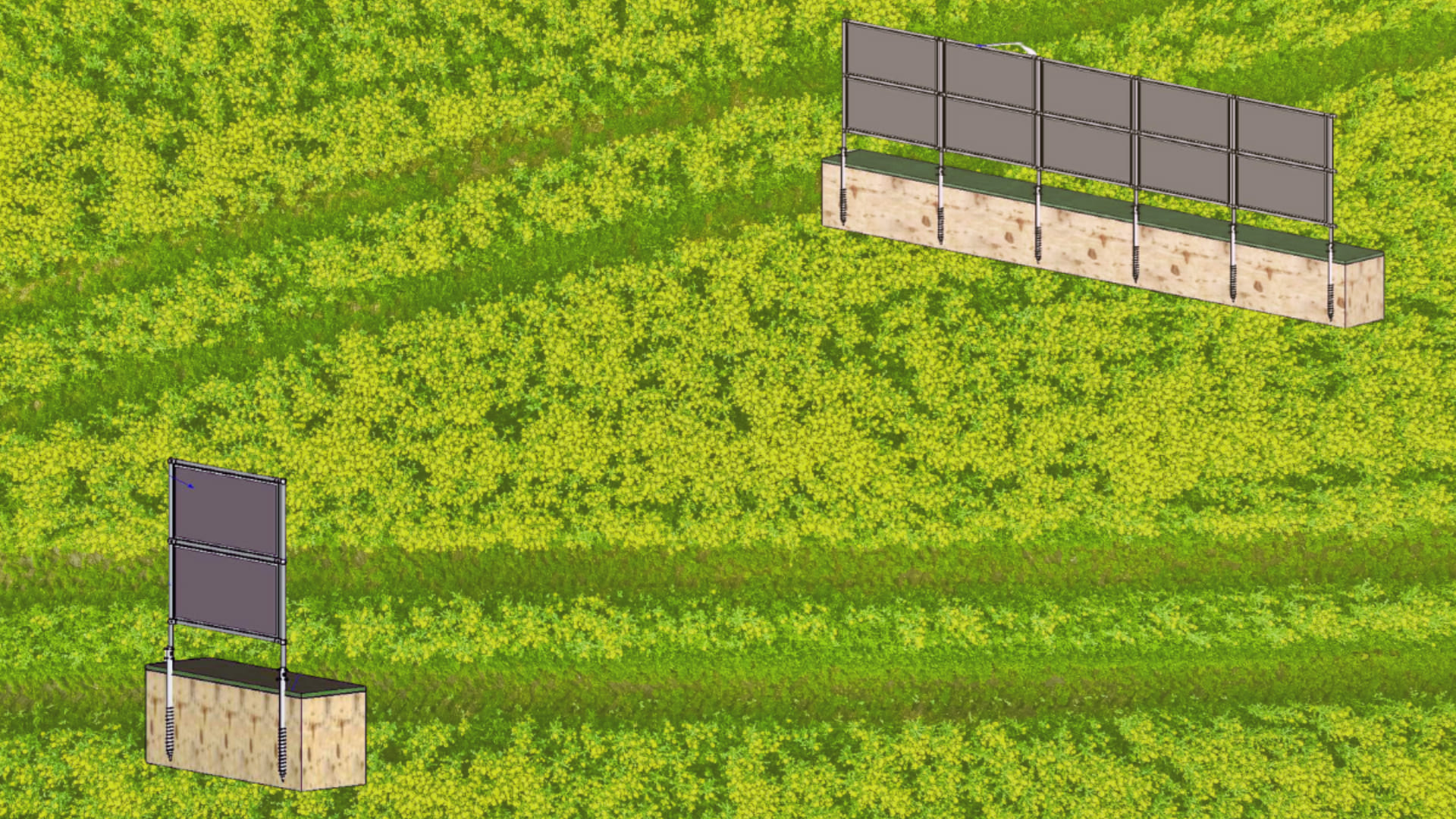
Agrivoltaics represents one of the most innovative technologies for combining renewable energy production with agriculture, making a significant contribution to the ecological transition. This system integrates solar panels into agricultural areas, allowing electricity production without taking valuable land away from crops, thus providing an effective response to the environmental and sustainability challenges the world is facing.
In this context, innovation plays a key role in the development of increasingly efficient and less visually and environmentally impactful solutions. The latest research in the field of vertical agrivoltaics, for example, is showing how this configuration can reduce landscape impact and also deliver excellent results in terms of energy efficiency.
Innovation in Vertical Agrivoltaics: Less Impact, Better Results
A recent study conducted in the Netherlands by Wageningen University & Research compared two types of agrivoltaic systems: one with an aerial configuration and one vertical. The results highlighted that vertical agrivoltaics are perceived as less intrusive by residents of surrounding areas and also offer significant energy performance. The vertical arrangement of panels allows for better space utilization and reduces the visual impact while maintaining high energy production, thanks to the use of bifacial panels that capture sunlight from both sides.
Ciesse’s Vertical System: An Innovation in Agrivoltaic
Among the most innovative solutions in the field of vertical agrivoltaics, the system developed by Ciesse stands out for its efficiency and sustainability.
This system offers several advantages over traditional systems, making it an ideal choice for agricultural businesses looking to integrate solar energy production:
- Lower construction costs: The vertical system requires fewer materials and less space, reducing overall installation costs compared to traditional elevated systems.
- Reduced maintenance costs: Thanks to its simpler and more compact configuration, maintenance is less expensive and complex.
- Integration of a rainwater collection system: The vertical design allows for easy addition of a rainwater collection system, further improving the sustainability of the installation.
- Higher productive efficiency: The bifacial panels used in Ciesse’s system allow for more efficient use of sunlight, increasing energy production compared to traditional systems.
Ciesse’s Vertical System: A Step Toward a Sustainable Future
Thanks to solutions like Ciesse’s vertical system, agrivoltaics continues to evolve toward increasingly sustainable models, showing how technology and environmental respect can go hand in hand. This innovation represents a decisive step toward creating a future where energy and agriculture can coexist, offering economic, environmental, and social benefits of great relevance.